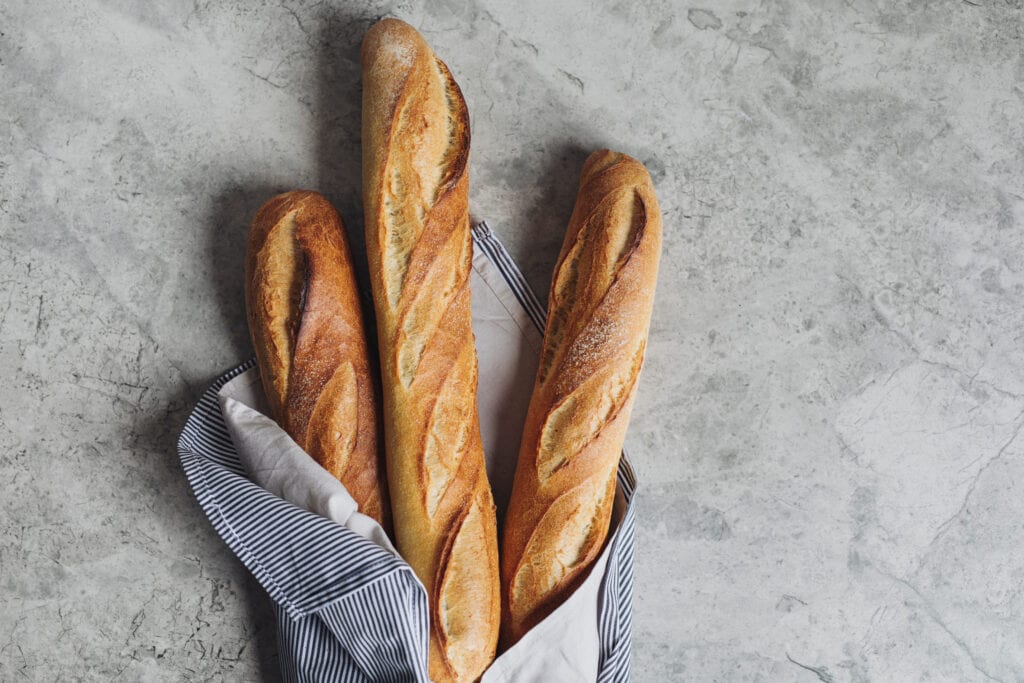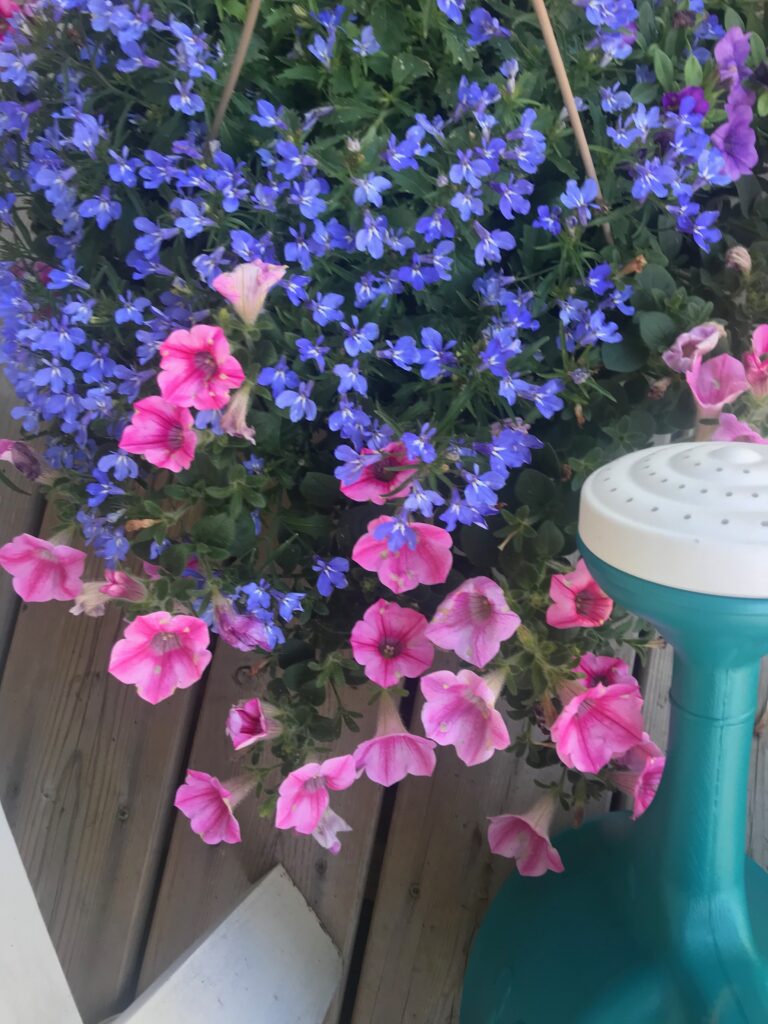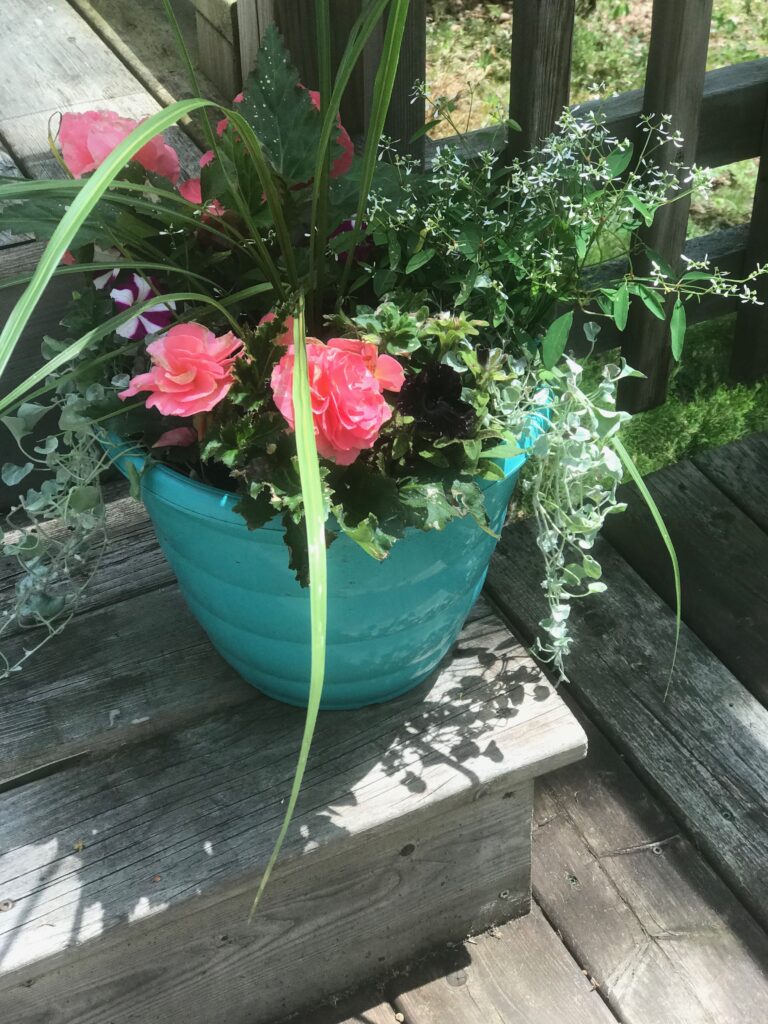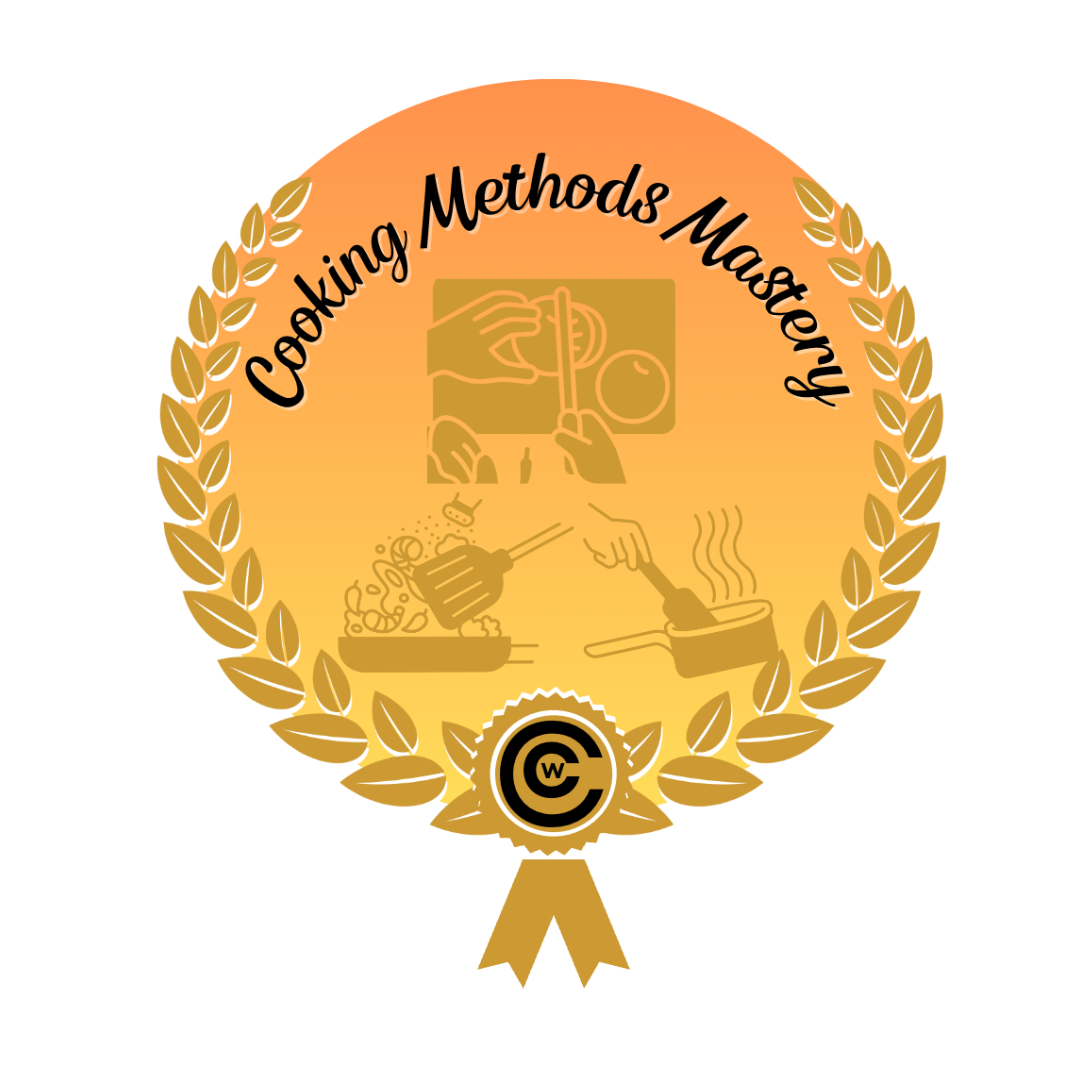Share Post
The excitement of choosing your annuals for your planters this year has a whole new meaning. The only thing we have been buying in store for the last two months is groceries.
To see all of the wonderful arrays of colors when you walk through the nursery doors brings a smile to your face. The bags of soil, plants, and pots set your imagination flowing.
Don’t worry if you do not have a green thumb, neither did I until I learned what to do. I am going to share this information with you. I have put my container plants together for the cottage. I love sitting back watching them grow and admiring my finished product.
When you are done, your friends and family will think had your containers professionally done. You will bask in their praise.
The great part is with a little guidance you get to choose your favorite plants and how to put them together for the best results.
At the end of this post, you will be running to the nursery to get your plants, soil, and pots. You will want to get your containers started.
The Right Soil

Your soil must contain a mixture of peat, vermiculite and/or perlite. Your potting soil needs to drain well but still hold moisture.
- Perlite does not decompose with time nor lose its aerating ability if the potting mix is compressed.
- Vermiculite is a valuable additive because it prevents some nutrients from leaching away, and it even provides a bit of potassium and magnesium.
- A potting mix also must-have ingredients that help it retain moisture. One of the most important things a potting soil needs to do is provide roots access to the air by letting water drain away from them. This is where organic material like peat moss is used. They cling to some of the water that the aggregates are helping to drain. Organic materials also hold on to nutrients that might otherwise wash away.
- Lime (to help balance the acidity of the peat moss) and fertilizer ( make up for the lack of nutrients) can also be added.
- Give your container plants a good start with a good soil mix. The soil mix is not the place to cheap out. It is the foundation for container plants.
- Don’t use garden soil. You are taking a risk that it could have bugs, weeds, and other organisms in it that will bring you grief.
- A good quality, all-purpose soil mix for containers is usually the best option
Getting your pots ready for soil

- Always clean your pots. Dirty pots may harbor pests and disease.
- Use a brush to remove the crusted on dirt. Wash thoroughly with soap and water. Rinse well.
- Fill your pots with enough soil so that when you set the rootball on top of the soil, the plant will be at the correct depth.
- Leave about an inch of space between the soil and the top of the container once it’s filled. This allows water to soak in rather than run over.
- Hold the plant in place and fill in around the roots, lightly packing the soil as you work.
- Container potting soil loses its nutrients much faster than ground soil.
Design your pots with Contrast and Balance
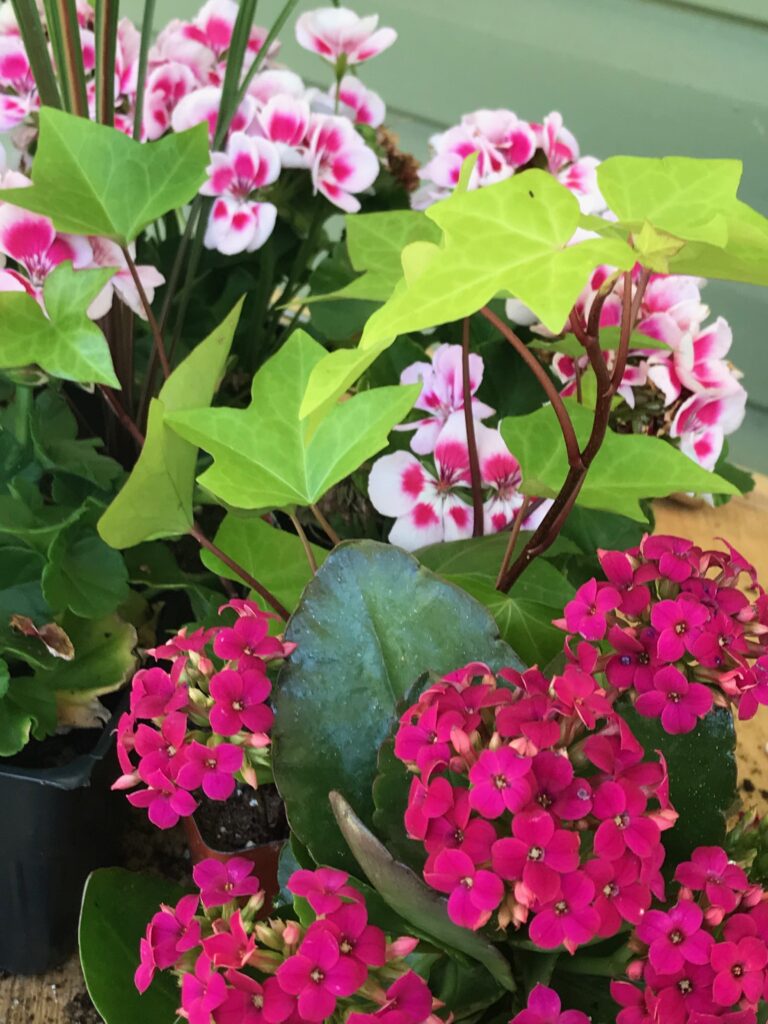
- Plants should be sized to the pot. Small plants will be lost in a large pot, so choose plants appropriate for your sized pots.
- Showcase fancy plants in a simple pot and simple plants in an ornate pot
- Have at least one tall plant, one filler, and one trailing plant in a pot
For harmony and tranquility stay with one color in different shades, like lavender, lilac, and purple
Keep Color in Mind
- Color is of primary importance.
- This beauty was from my daughter for Mother’s day
- Suit your choice of colors to your site.
- For drama and impact, go for contrast (colors opposite one another on the color wheel).
- To show off the color of the container, don’t hide it with trailing plants.
- One type of plant per pot also makes a statement. Think geraniums
- Bold plants, like zonal (Pelargonium), look very nice on their own. You can always group several pots.
- Use foliage for color
Trailing plants for Containers
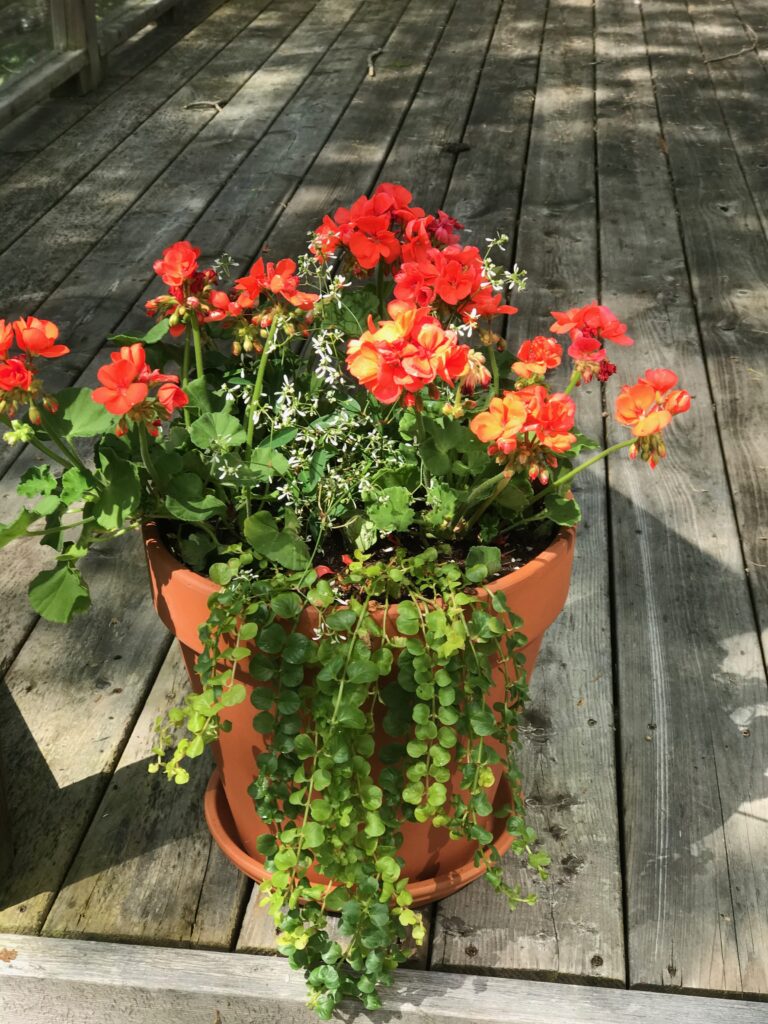
Even the nicest container garden is softened and somehow made more cohesive if plants are trailing down its sides. Luckily plant breeders have been developing better and better choices of trailing plants. A great trailer for a pot is one with a long season of bloom, that doesn’t need immediate deadheading.
Container gardens are everywhere. Maybe it’s because they are so much fun to create and offer immediate gratification.
Do you need to fertilize your plants?
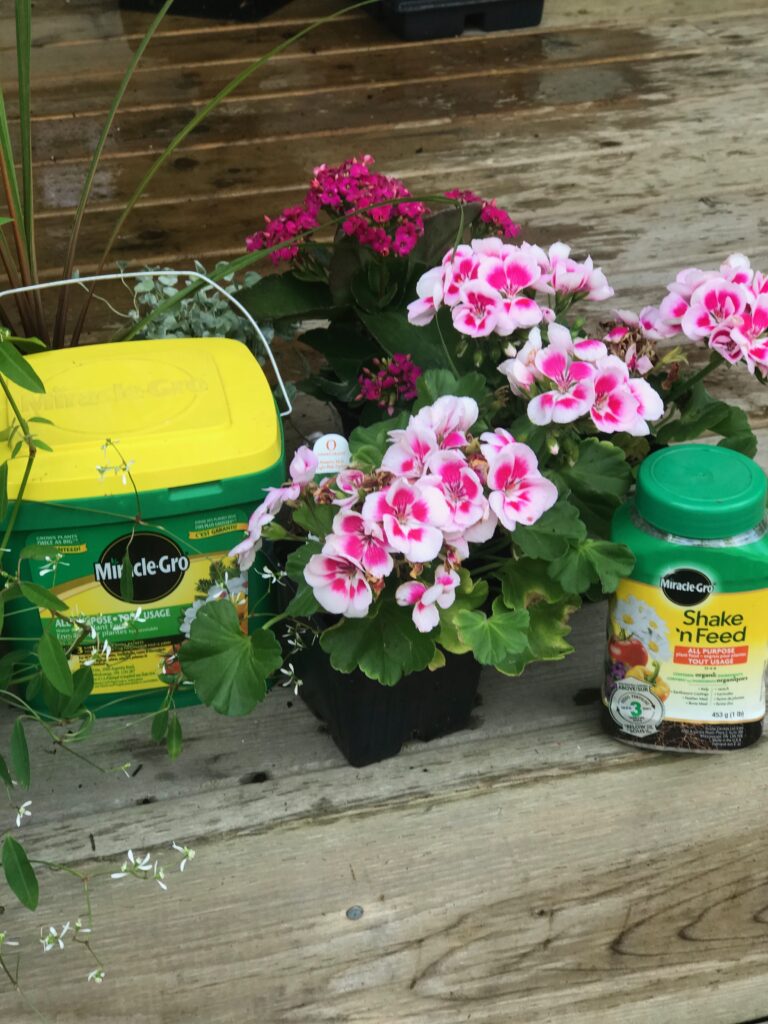
With the right guidelines and knowledge, it is easy to plant beautiful containers. Before hitting the nurseries, decide the color, contrast, and type of pots you want to use. Check what you also may have in your garden shed. Now with your list in hand, head off to the nurseries so you can get started. You can just envision yourself sitting back on your front porch, or patio enjoying the beauty that you have created.
About Me
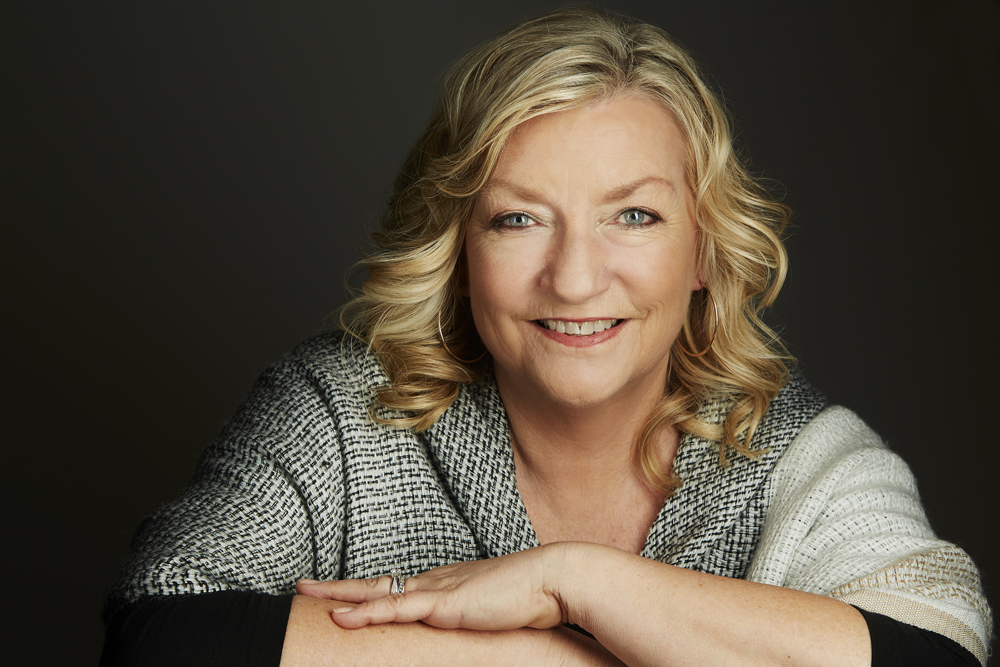
“Eat.Live.Design is where you connect with ideas for living a better life"
Hi, I’m Bev, I love sharing my home renovation projects, delicious recipes and lifestyle tips. I have dedicated hundreds of hours to researching all of my passions. My ultimate goal is to share this valuable information with all of you to take the guesswork out of your projects and help make your lives easier.
Promo Box


